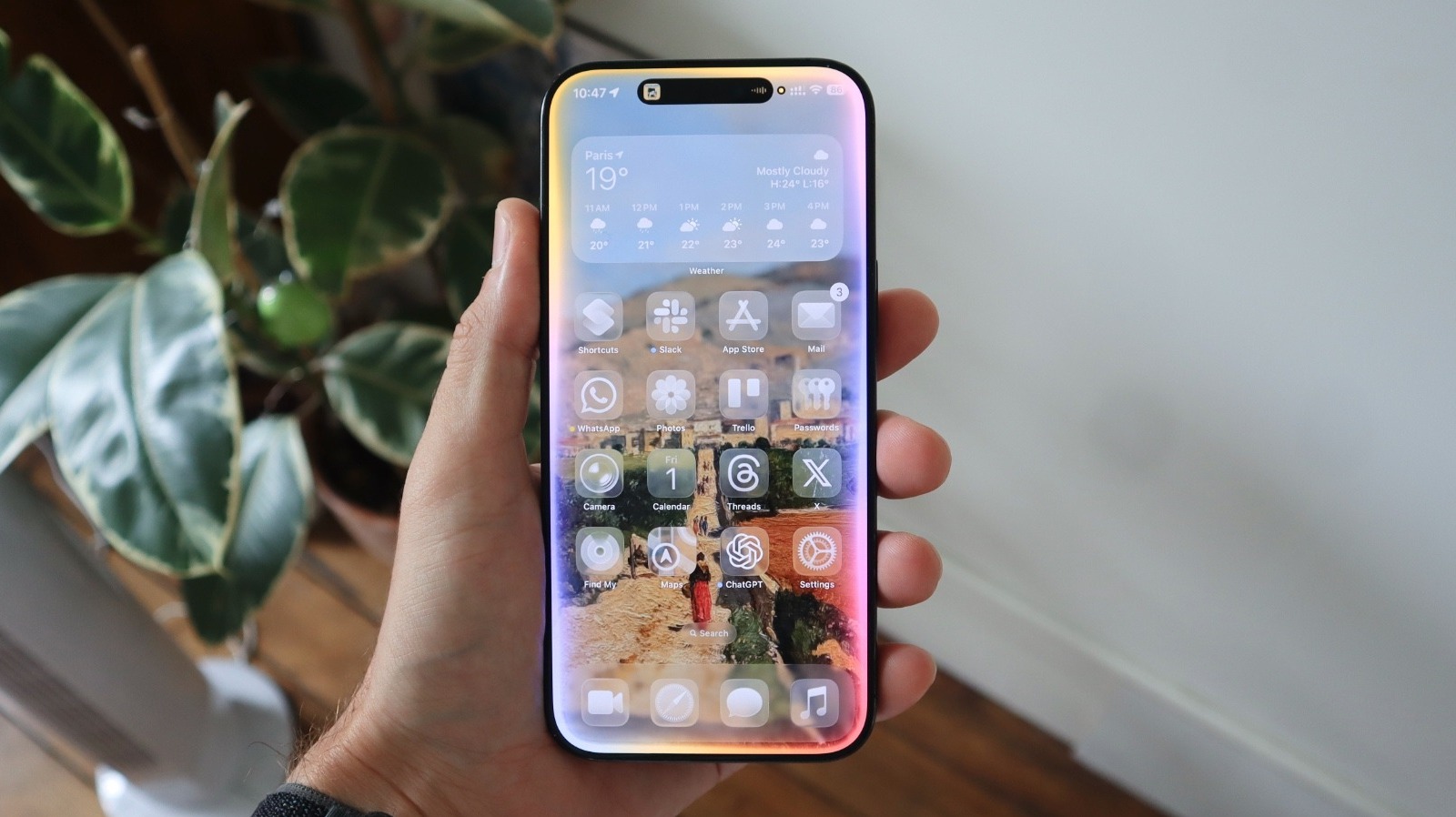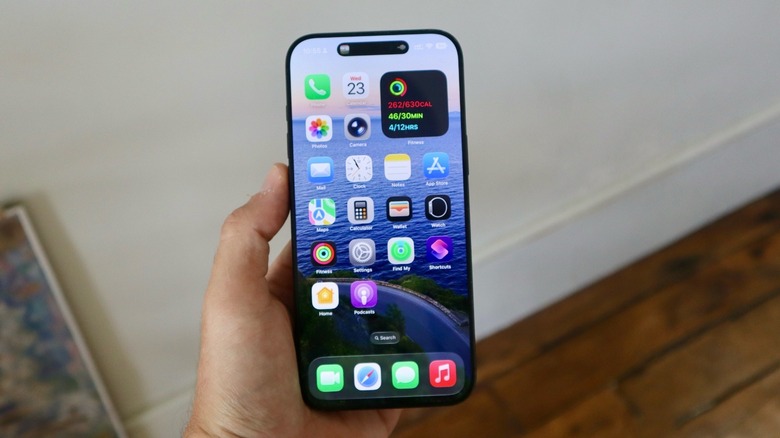Twitterrific’s developer Craig Hockenberry recently published an interesting analysis of Apple’s Liquid Glass guidelines — the design language Apple has been teasing for over a year. As summarized by Hockenberry, Apple asks developers to avoid corners and focus on “concentricity,” which might not make much sense for those updating their apps to iOS 26 at this moment. While we have already seen developers making huge changes to their apps and visuals for a more seamless experience on iPhones, iOS 26 might hint at more profound changes, beyond just the clear icons and glass effect.
Hockenberry notes that with iOS 11, Apple also added safe area insets, and it wasn’t clear why developers should avoid some parts of the screen. After the company unveiled the iPhone X with its notch and the home tab indicator, everything made sense. That said, we might be getting closer to the iOS 11 moment, as iOS 26 asks developers to avoid corners. Still, while we don’t expect to see a big product announcement in the coming months, this update could be teasing the next generation of Apple products.
Liquid Glass could be perfect for the iPhone Fold
Hockenberry says that iOS 26 guidelines make sense if the company is “close to introducing devices where the screen disappears seamlessly into the physical edge.” His assumption makes sense when you think about the iPhone Fold — the company’s most ambitious device to date. Likely to be released within the next year, the iPhone Fold may be similar to the Galaxy Z Fold. So far, rumors suggest Apple may have cracked how to have a crease-free design, which combined with an all-screen design, will make these guidelines make sense.
More than that, Apple could already be hinting at a more profound change when it introduces the all-glass iPhone 20, expected for 2027. The 20th iPhone anniversary could mark the debut of an iPhone with no bezels and all camera sensors hidden underneath the display. Finally, other smaller hints could tease the company’s new ultra-thin devices, from the iPhone 17 Air to a redesigned MacBook Pro with an OLED display. One thing is for sure, iOS 26 (and the other operating systems) isn’t just about a software redesign, but Apple getting ready for an all-new hardware experience coming very soon.










